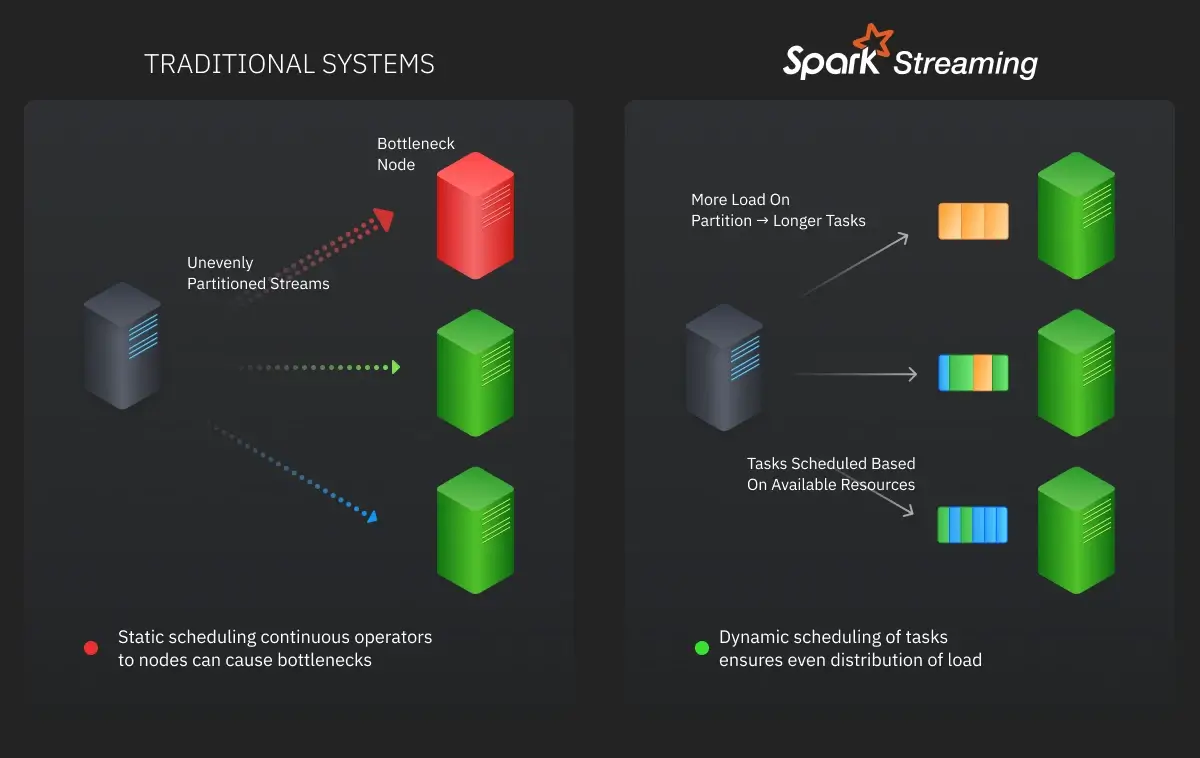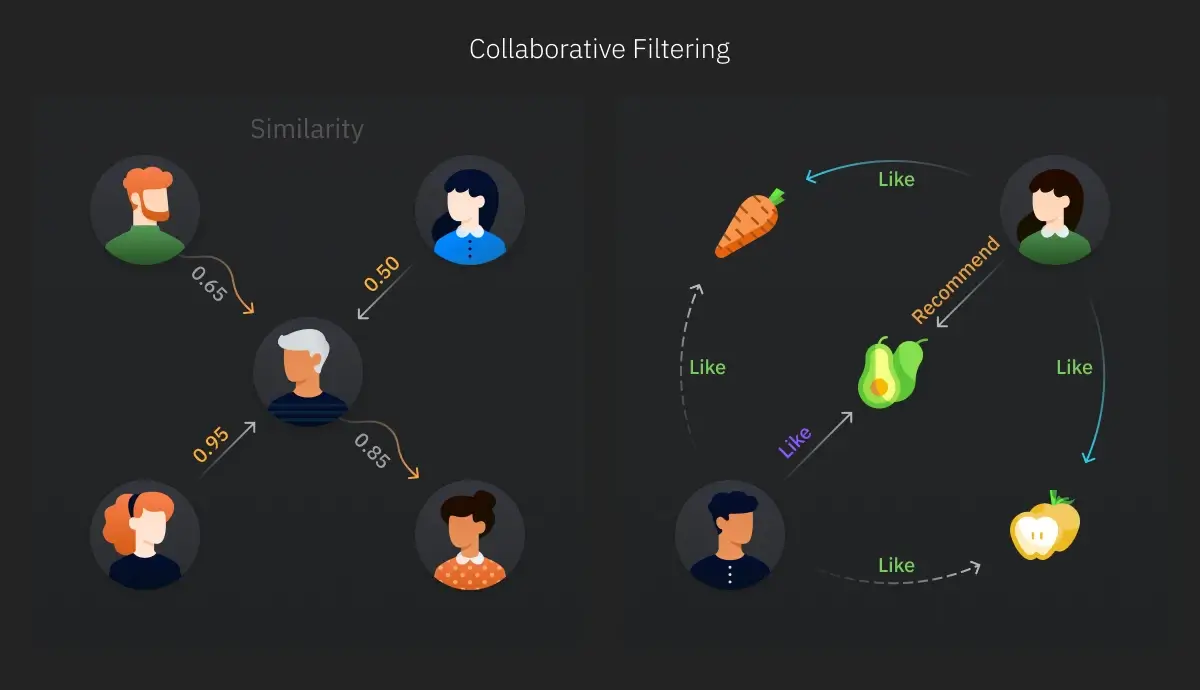What’s the first thing that comes to mind when you hear the word “Python”? I doubt it’s images of Amazon jungles and huge snakes. Python is a buzzword among developers for a good reason: it is the most popular programming language, used extensively for data analytics, ML, DevOps and much more.
Like Python, Apache Spark Streaming is growing in popularity. Spark Streaming is better than traditional architectures because its unified engine provides integrity and a holistic approach to data streams.
When combined, Python and Spark Streaming work miracles for market leaders. Netflix presents a good Python/Spark Streaming example: the team behind the beloved streaming service has written numerous blog posts on how they make us love Netflix even more using the technology. Let’s start with some fundamentals.
What is Spark Streaming?
The Spark Streaming API is an app extension of the Spark API. It is available in Python, Scala, and Java. Spark Streaming allows for fault-tolerant, high-throughput, and scalable live data stream processing. Live data stream processing works like this: live input comes into Spark Streaming, and Spark Streaming separates the data into individual batches. These batches are put into the Spark Engine, which creates the final result stream in batches. It goes like this:

Spark Streaming receives input data from different, pre-defined sources. Spark Streaming processes the data by applying transformations, then pushes the data out to one or more destinations. The app has a static part and a dynamic part: the static part identifies the source of the data, what to do with the data, and the next destination for the data. The dynamic part runs the app continuously until it is told to stop.
Spark Streaming has many key advantages over legacy systems such as Apache Kafka and Amazon Kinesis:
- Fast recovery after failures
- A combination of interactive queries, static data, and streams
- Advanced analytics (SQL queries and machine learning)
- Enhanced load balancing and usage of resources (see the picture below)

Spark Streaming is used for:
- Log processing
- Detection of fraud
- Trend analytics
- Clickstream analytics
- Real-time stock market analysis
- Ad auctioning and real-time bidding
- Real-time data warehousing
There are two types of Spark Streaming Operations:
- Transformations modify data from the input stream
- Outputs deliver the modified data to external systems
Python + Spark Streaming = PySpark
PySpark is the Python API created to support Apache Spark. It has many benefits:
- Speed
- Robust mechanisms for caching and disk persistence
- Integration with other languages, such as Java, Scala, etc.
- Ease in working with resilient distributed datasets (data scientists love this)
There are two types of PySpark Operations:
- Transformations modify input data using various transform methods
- Actions return values after running PySpark computations on input data
We have included a PySpark Streaming example below; it’s an application option of pyspark.streaming.StreamingContext().
If the picture above looks scary, we recommend learning more about PySpark. This PySpark tutorial is simple, well-structured, and absolutely free.
PySpark Streaming Example: Netflix
We use Netflix every day (well, most of us do; and those who don’t converted during lockdown) and so do millions of other people. When Netflix wants to recommend the right TV show or movie to millions of people in real-time, it relies on PySpark’s breadth and power. By using a Spark Streaming Python configuration to give customers exactly what they want, the billion-dollar company boosts user engagement and financial results.
Netflix engineers have spoken about the benefits of content recommendations using Spark Streaming.
"We use Python through the full content lifecycle, from deciding which content to fund all the way to operating the CDN that serves the final video to 148 million members.
….
Python has long been a popular programming language in the networking space because it's an intuitive language that allows engineers to quickly solve networking problems."
— Pythonistas at Netflix, a group of software engineers, in a blog post
All Netflix apps—on TVs, tablets, computers, smartphones and media players—run on Python. When we open Netflix, it recommends TV shows and movies to us. And we have to admit, these recommendations hit the spot! This is possible because of deep learning and learning algorithms integrated into Python.

“Python is great because of its integrity: it is multi-purpose and can tackle a variety of tasks. It is indispensable for security, especially automation, risk classification, and vulnerability detection. It can interface with mathematical libraries and perform statistical analysis. The core of many services these days is personalization, and Python is great at personalization. Within Python, there are many ways to customize ML models to track and optimize key content metrics.”
— Vlad Medvedovsky, Founder and Chief Executive Officer at Proxet, a custom software development solutions company
When you can see and feel the value and superpowers of Python data streaming, and the benefits it can bring for your businesses, you are ready to use it. If you have any questions, or are ready to make the most of Spark Streaming, Python or PySpark, contact us at any time.